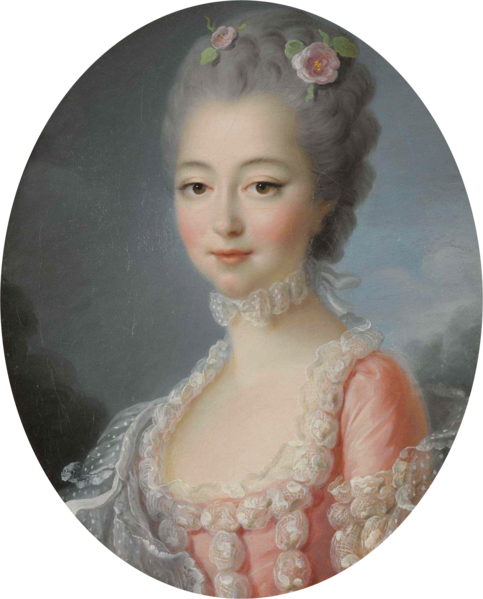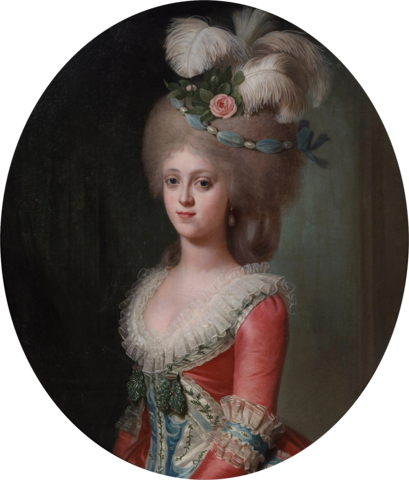
The Thammasat University Library has acquired a new book that should be useful for students interested in philosophy, sociology, economics, literature, mythology, textile design, clothing, fashion, and related fields.
Dressed: The Philosophy of Clothes is by Professor Shahidha Bari, who teaches at the University of the Arts London based at London College of Fashion, the United Kingdom
The TU Library collection includes many other books about different aspects of fashion.
One writer has defined the philosophy of fashion as a way of expressing an inner truth or belief about an idea, oneself or the world through the medium of clothing.
In 1885, the Irish author Oscar Wilde published an essay in The New-York Tribune, The Philosophy of Dress.

In an essay posted online, Professor Bari noted:
Surprisingly, the discipline of philosophy has rarely deigned to notice the knowledge to which dress makes claim, preferring instead to dwell on its associations with disguise and concealment. In part, this has something to do with philosophy’s ancestral debt to Plato. Haunted by Plato’s anxiety over how to distinguish truth from its ‘appearance’, and niggled by his injunction to see beyond an illusory ‘cave of shadows’ to a reality to which our back is turned, philosophy’s concept of truth is intractably aligned to ideas of light, revelation and disclosure. We’ve learnt to revere the nakedness of truth and to deplore the screens and masquerades that keep us from it. The very figure of truth, aletheia (ἀλήθεια), is undressed in the Greek tradition, figured as a nude.
When Martin Heidegger reprised the classical notion of aletheia, he imagined nothing as stark as naked truth, but figured something more like a slow dawning realisation of that which is already there: an evocative kind of disclosure of the world to the beings within it. But philosophy’s revelations remain nonetheless at odds with the idea of dressing up.
In a journal entry of 1854, Søren Kierkegaard notes that ‘in order to swim one takes off all one’s clothes – in order to aspire to the truth one must undress in a far more inward sense’. Even for modern philosophy, then, the truth of self-knowledge seems to require renunciation, the stripping of metaphorical clothes, but also all material preoccupations and vanities. And there is an implicit elision here too: material preoccupations are a vanity. Those garish outward garments keep us from our naked inward truth.
Before Kierkegaard, Immanuel Kant dispensed with fashion, declaring it ‘foolish’. And yet his notion of ‘appearance’ has provided one of philosophy’s longest-standing concerns. Kantian thought distinguishes between the reality of things in themselves (noumena) and how they appear to us (phenomena), and the business of philosophy is the handling of this irreconcilability – that of a world that might exist on its own terms, and our limited abilities to apprehend it. Whereas Kant agonised over this distinction, Friedrich Nietzsche’s radically iconoclastic philosophy prized appearance as the means by which we play and overturn received ideas. In the figure of Dionysus, Nietzsche recasts truth as only ever a series of performances, appearances and surfaces behind which there can be no single, unchanging or inherent morality. The world appears in ever changing disguises, to be experienced aesthetically.
Although ‘appearance’ remains a resolutely perceptual and epistemological issue in philosophy, this concern is entirely disconnected from questions of physical appearance or dress. And yet to ignore the material reality of the clothed body is to deny something crucial to the ways human beings see and are in the world.

The notable exception here is Karl Marx. For him, dress naturally figured as part of a fully materialist account of the world. Clothes, it seemed, could embody the mystification of objects that he detected in modern culture. In the opening chapter of Capital (1867), it is a coat that exemplifies the distorted nature of all commodities in a capitalist society. Marx understood this first-hand. In the summer of 1850, he deposited his gentleman’s overcoat with a local pawnbroker, hoping to generate funds during one of several periods of penury. To his puzzlement, though, without appropriate dress, he found himself debarred entry to the reading rooms of the British Library. What was it about objects such as coats that they could magically open doors and bestow permissions? Not even a coat belonging to Marx himself could evade the ineluctable mechanism of capitalist exchange and value.
All commodities, including coats, were, it seemed to Marx, mysterious things, loaded with strange significances, drawing their value not from the labour invested in their production but instead from the abstract, ugly and competitive social relations of capitalism. The mundane, repetitive making of such objects exhausted workers, draining them of their will and vivacity, but Marx also noted the perverse way a commodity could, in turn, appropriate and imitate the qualities of a human being, as though it possessed a diabolical life of its own. Clothes represent that awful mimicry with particular acuity: think of the swaggering braggadocio of the newest trainers with their swishing insignias, or the dress that seems to possess its own flirtatious personality in its swing; even vertiginous heels that speak of a languorous life without exertion, worlds away from that of the worker who made them. Such garments enter the market, virginal and untouched, wiped clean of the prints of the working hands through which they have passed.
When Marx condemns the all-consuming commodity ‘fetishism’ of modern culture, he derives the term from the Portuguese feitiço, meaning charm or sorcery, and referring specifically to the West African practice of object worship, as witnessed by 15th-century sailors. To the fetish, worshippers attributed all kinds of magical properties that such objects did not possess in reality. In the same way, modern capitalism, it seemed to Marx, traded on the supernatural life of objects. Clothes are not exempt from eliciting this false idolatry. We sing the praises of shoes, dresses, jackets and bags as though they possess an inherent power, a spirit or soul; we give them stories, lives, identities, and in so doing blot out their real origins. […]
The word ‘fabric’ itself derives from the Latin fabrica meaning workshop or place of production, and faber – the artisan or maker who works with materials. It recalls the Indo-European dhab, appositely meaning ‘to fit together’. In the psychoanalytical scenario, analysand and analyst piece together the strands of the psyche, retracing forgotten pathways that lead from trauma to original experience, like Ariadne’s thread marking the route out of a maze. This piecing together, or fabrication of psychic life, entails a certain kind of creativity, even fictionality, albeit a fiction that is born of truth: the imaginative elaboration of dreams and writings revealed in talking cures and linguistic slips that lead us back to experiences we might be incapable of confronting.

(All images courtesy of Wikimedia Commons)
